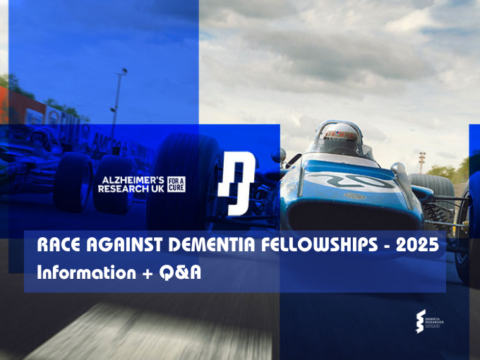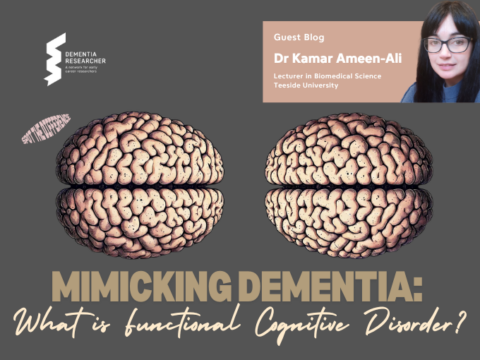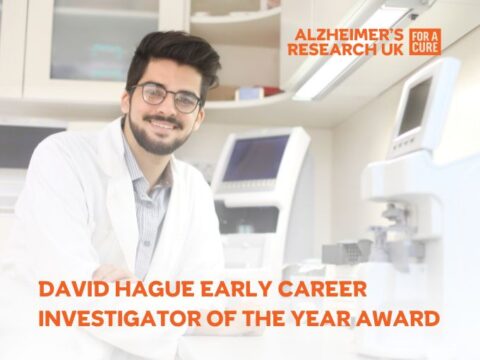This is the first of four guest blogs from Early Career Researchers who observed the recent ARUK Grant Review Board – Take One by Kira Shaw
This June I was given the opportunity to travel to Birmingham to observe a Grant Review Board for Alzheimer’s Research UK. The chance to be a fly on the wall. It was an opportunity available to 8 early career researchers, to allow them to gain insight into the review process. As a fresh postdoc, only 1-year post-PhD completion, I knew only the basics about applying for a grant: you fill out an application, someone gives you feedback, and a decision about funding is made. But for a person who wants to forge a career in science, understanding this process thoroughly is an absolute necessity.
The day was well organised, with a clear agenda. Previously over 90 applications had been whittled down by triage to around 65, all of which were to be presented and discussed by the 20 panel members. The applications on day one were made up of senior fellowships, junior fellowships and pilot grants. With only 5.5 hours to go until the building was shut, it was certainly a jam-packed schedule.
The Review Process
As you would expect, there was requests for more funding that was available, so it was going to be a tough round! The proposals were presented one at a time by two panel members, who considered the pros and the cons, and addressed the external reviewers’ comments. Following a collective (and sometimes heated) discussion, the two presenting panel members then voiced their scores, before all other panel members scored anonymously. The scores ranged between 1 and 5, with 1 being the highest. Any applications scoring higher than ~2.5 overall where to later be invited for interview, where they would be asked to address the panel members concerns before the final decisions.
Components of Well-Received Applications
Now we know more about how the process works, what were the main facets of the well-received applications?
1. Well-Written Application
First and foremost, the panel were always pleased by applications which were written clearly, well-thought-out, and free of typos. A concise and eloquent piece was much more pleasant to read. It was also noted when an applicant comprehensibly addressed the aims they had outlined at the beginning.
2. Contingency Plan
By the very nature of a novel grant application, much of the work, whilst rooted in solid hypotheses, has not yet been completed. As such, there is a very real possibility that some of the experiments may not go according to plan. Being scientists themselves, the panellists were aware of this, yet very accommodating. The strongest applications had accounted for this possibility, and had provided solid back-up plans.
3. Appropriate Experimental Paradigm
All the applications had an experimental question – but did the methods outlined help to address the question appropriately? One of the hot topics of the day was mouse models of Alzheimer’s disease. Whilst there are many models available, none of them are perfect representations, displaying only a limited number of the aspects of the disease. The panel emphasized that when using a mouse model, you need to think carefully about your choice, and choose one which is appropriate to your experimental aims.
4. Publication Record
A good publication record was the main way in which the panel assessed the success of the candidate applying for the funding. This included having recent publications, a decent publication quantity, and publishing in high quality journals.
5. Supporting Team
The panel wanted to be sure that the infrastructure and people supporting the project were suitable. They welcomed applications from individuals working in institutions and teams with a good track record in relevant research. This means research which isn’t a far stretch from what you or your collaborators have done previously. The reason for this was to be certain of the best chance of the aims outlined in the application being met.
6. Relevance to Alzheimer’s Disease
This funding is charity money which comes from Alzheimer’s Research UK, so the link to dementia needs to be clear. Not only does the link need to be clear, but also the impact of the research on patient outcome. After all, the common goal of the UK’s leading Alzheimer’s research charity is to work together to defeat dementia.
Overall Impressions
I don’t think I will be alone when I say that observing the grant review panel was an invaluable experience for an early career researcher such as myself. I came away with a much better understanding of the process. In the future when I apply for my own grants, I think that the tips I have gained will help towards a much more solid application. Thank you again for the opportunity!
Author
Kira Shaw is a Postdoctoral Researcher working at the University of Sussex. Kira is studying the relationship between brain cells and blood vessels in hippocampus and visual cortex using special imaging techniques. In addition, she enjoys writing fun neuroscience articles aimed at the public.
You can follow Kira on Twitter Follow @brainenergylab
 Thank you to Alzheimer’s Research UK for providing the opportunity. To find out more about potential funding from ARUK visit their website.
Thank you to Alzheimer’s Research UK for providing the opportunity. To find out more about potential funding from ARUK visit their website.

 Print This Post
Print This Post





